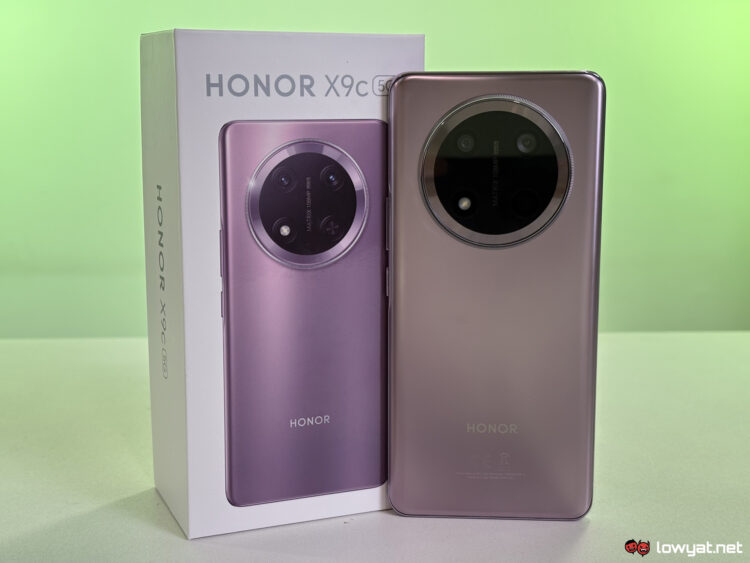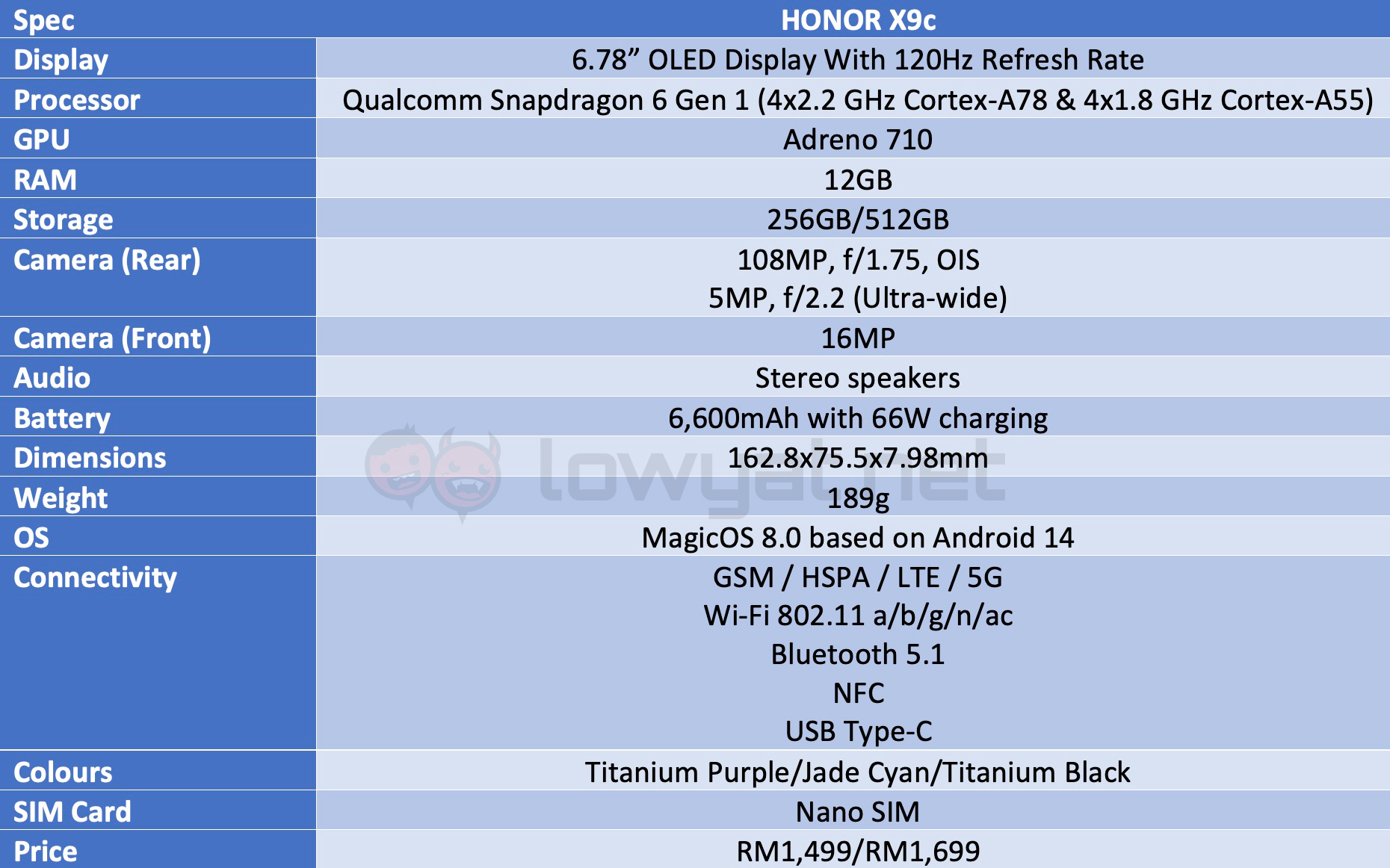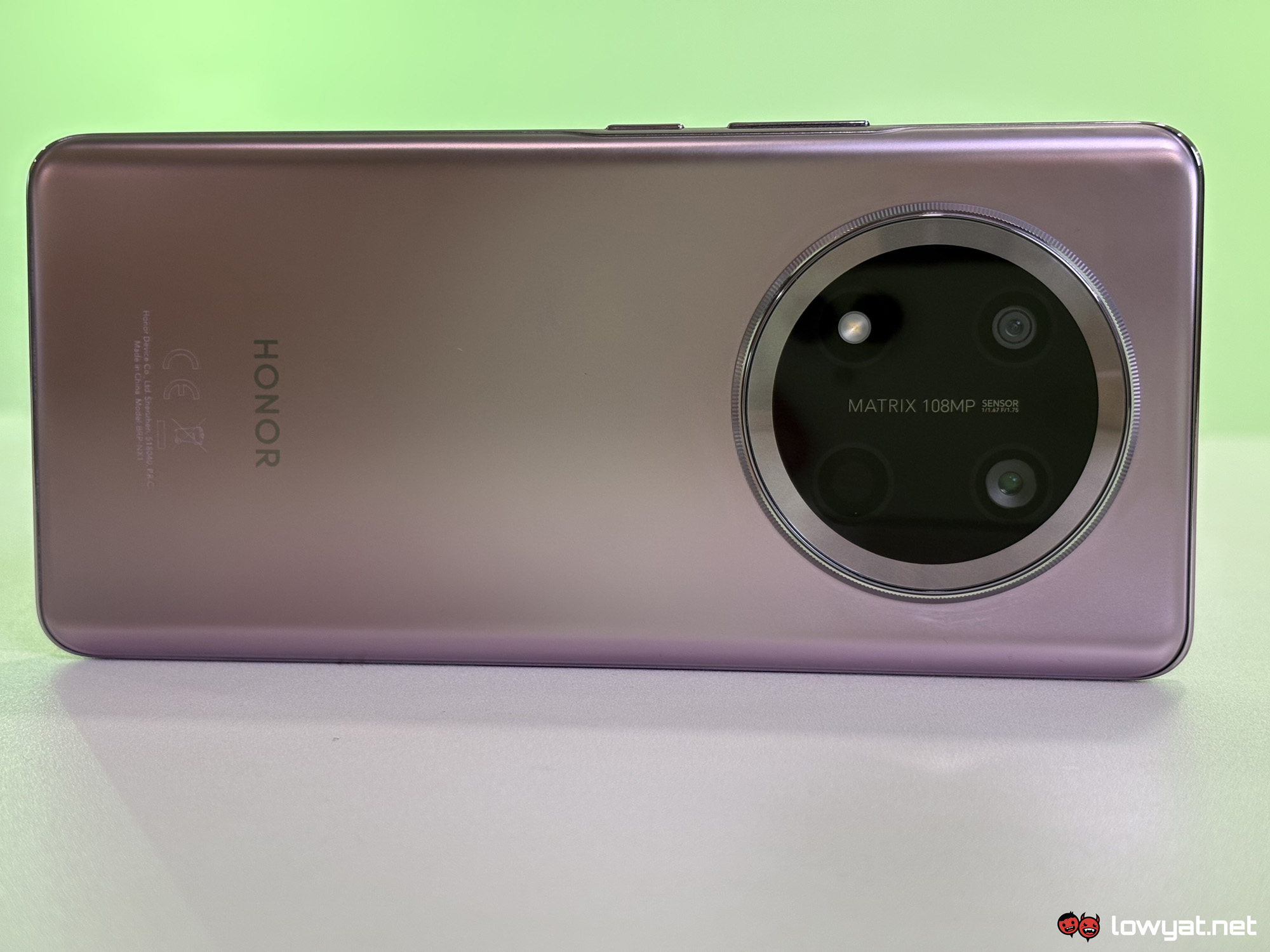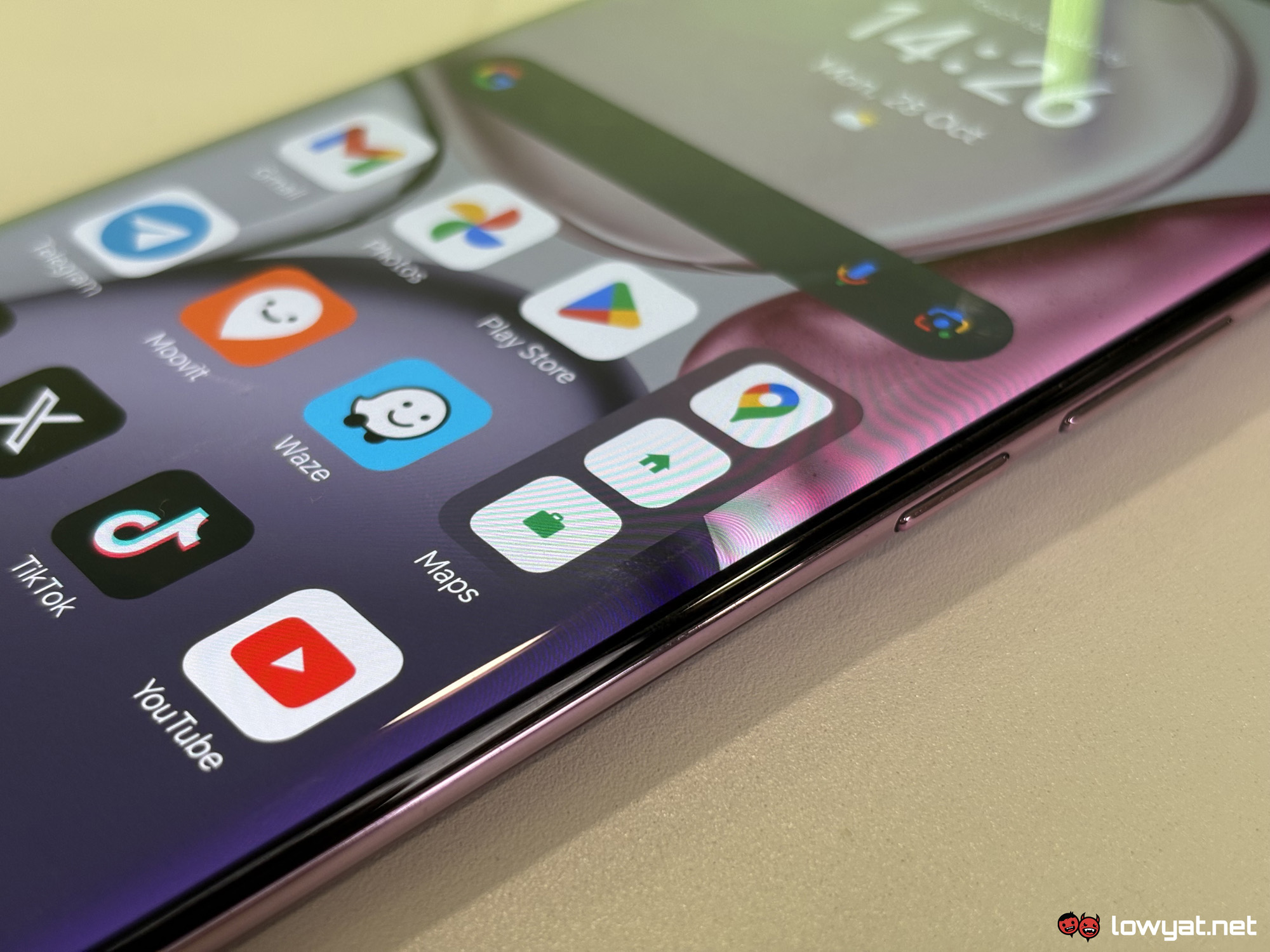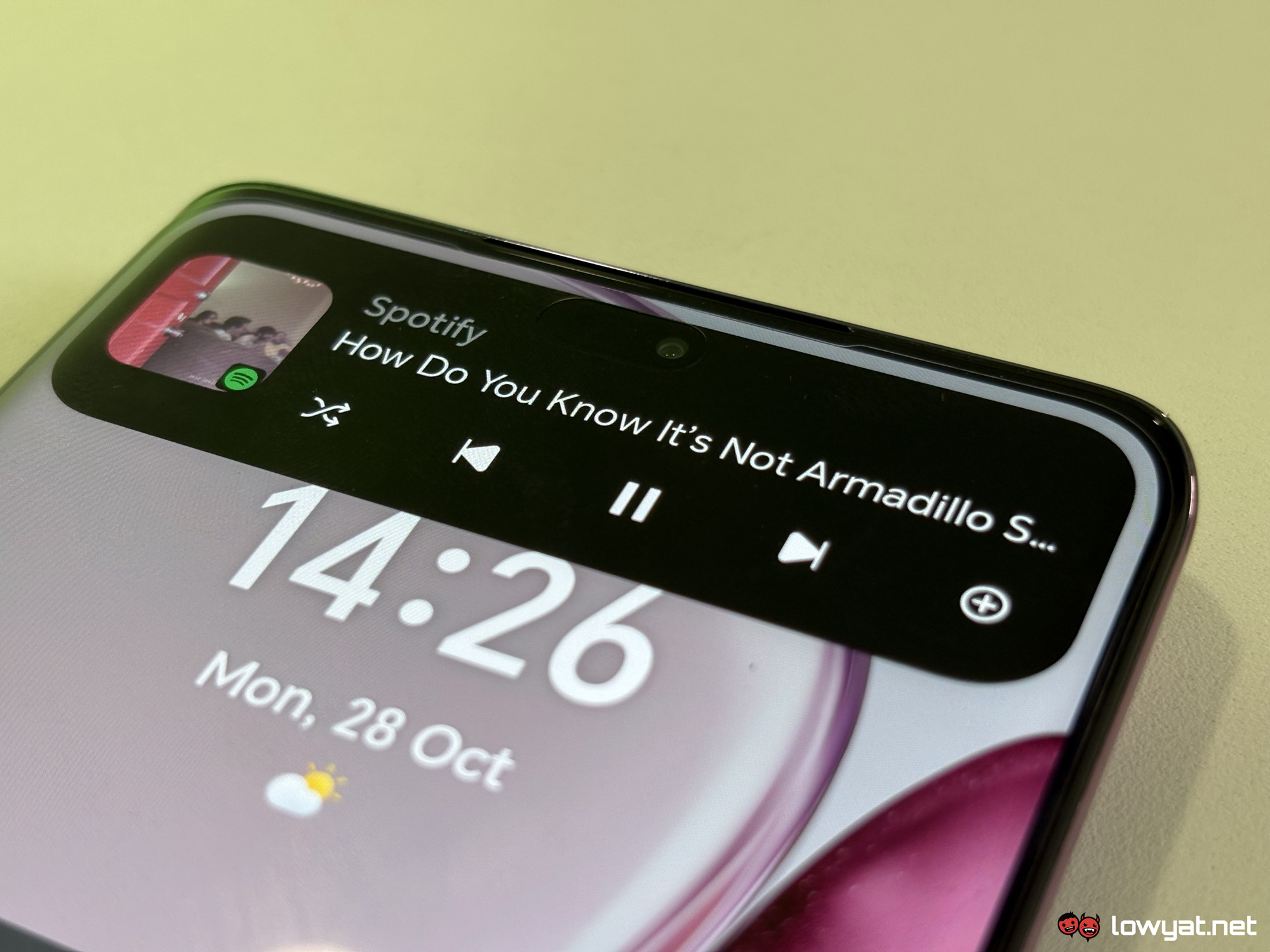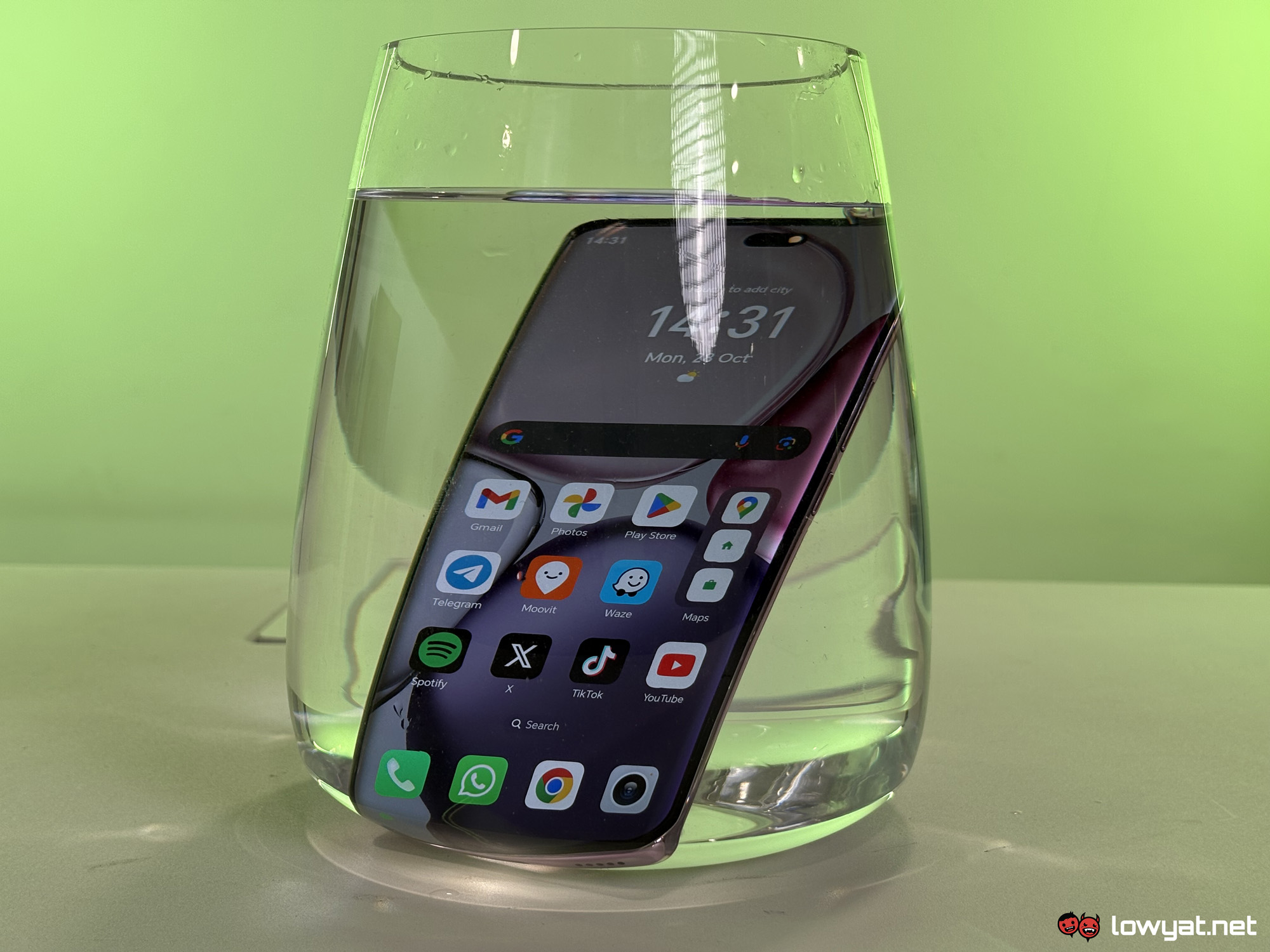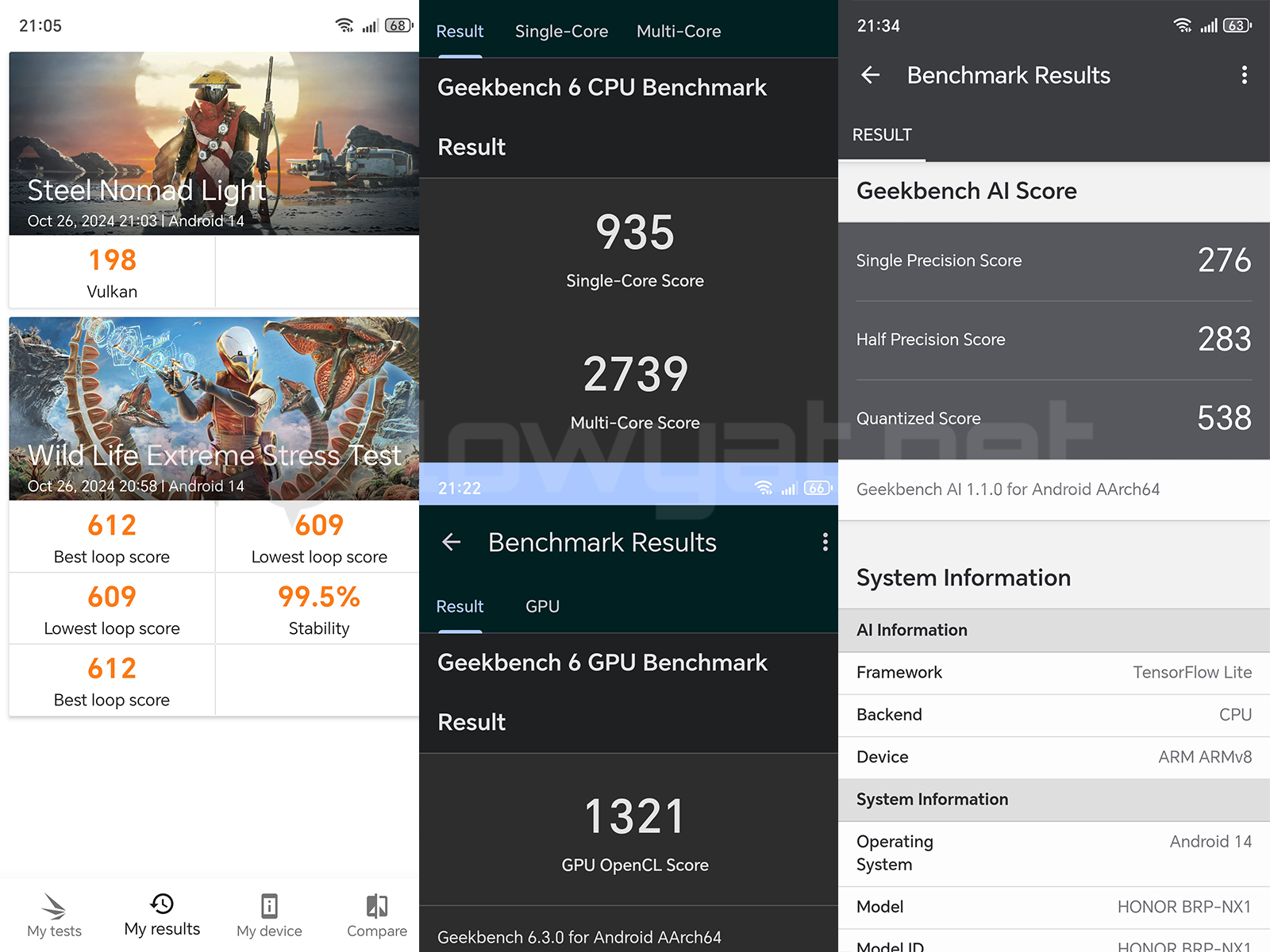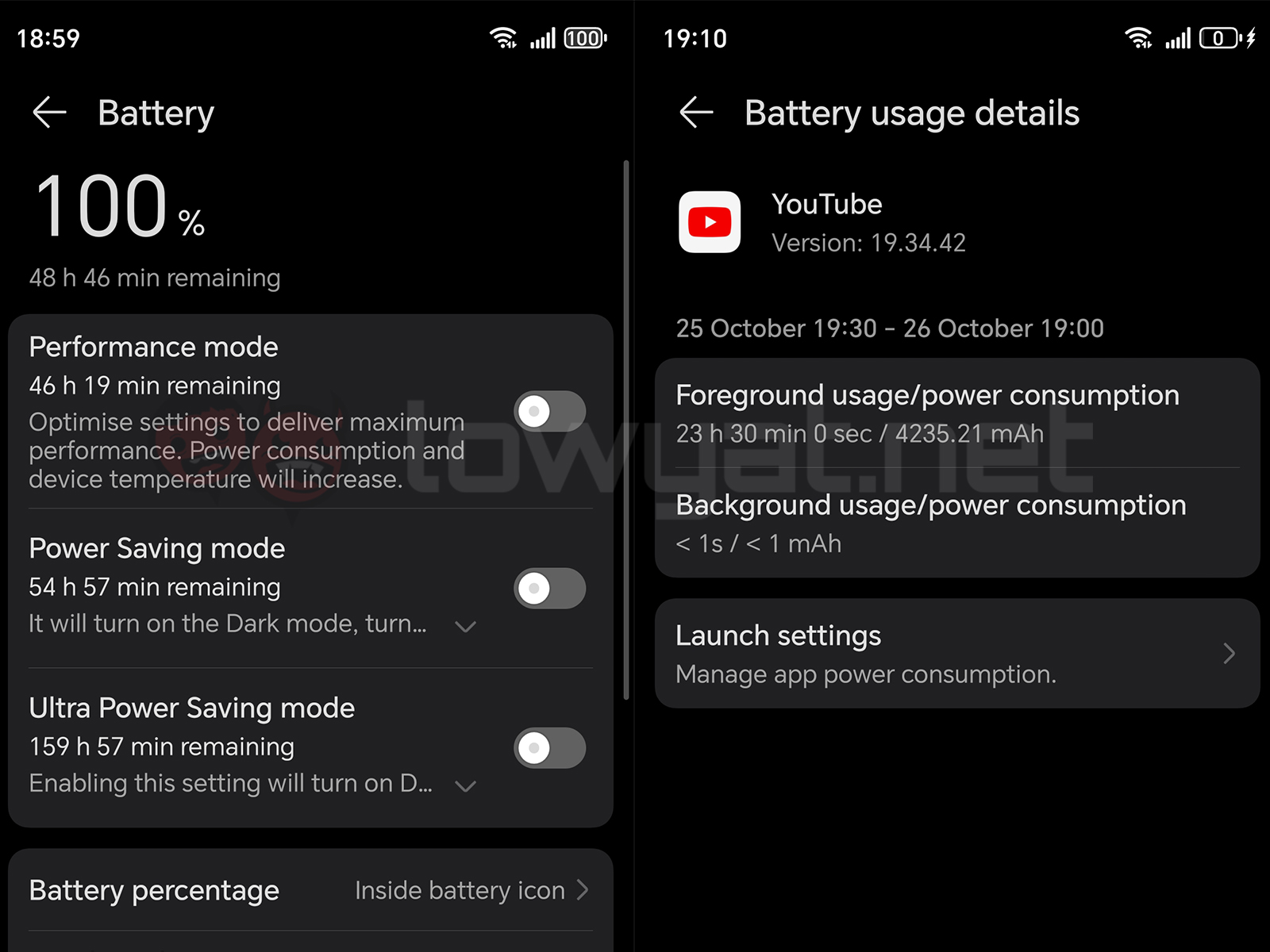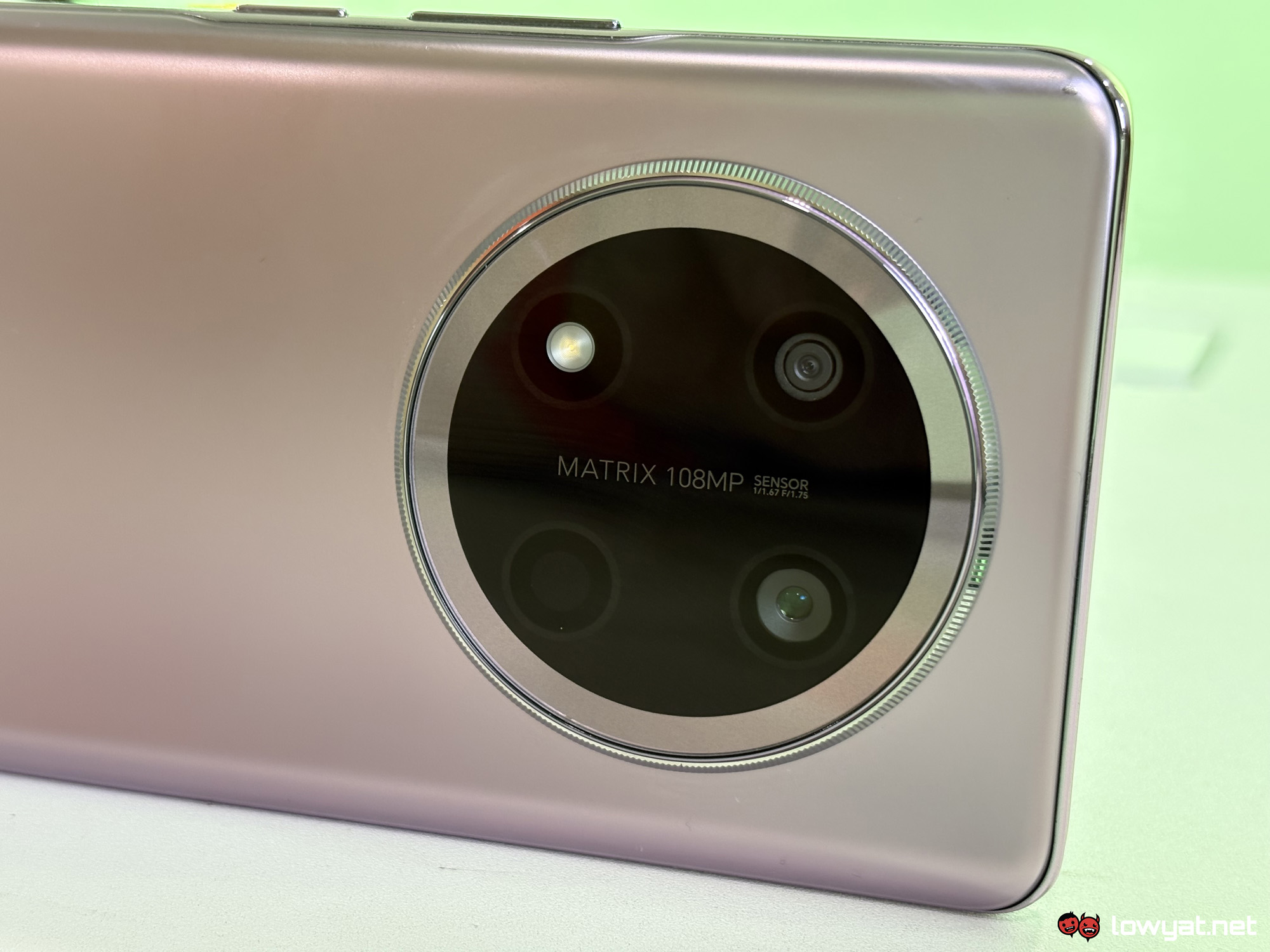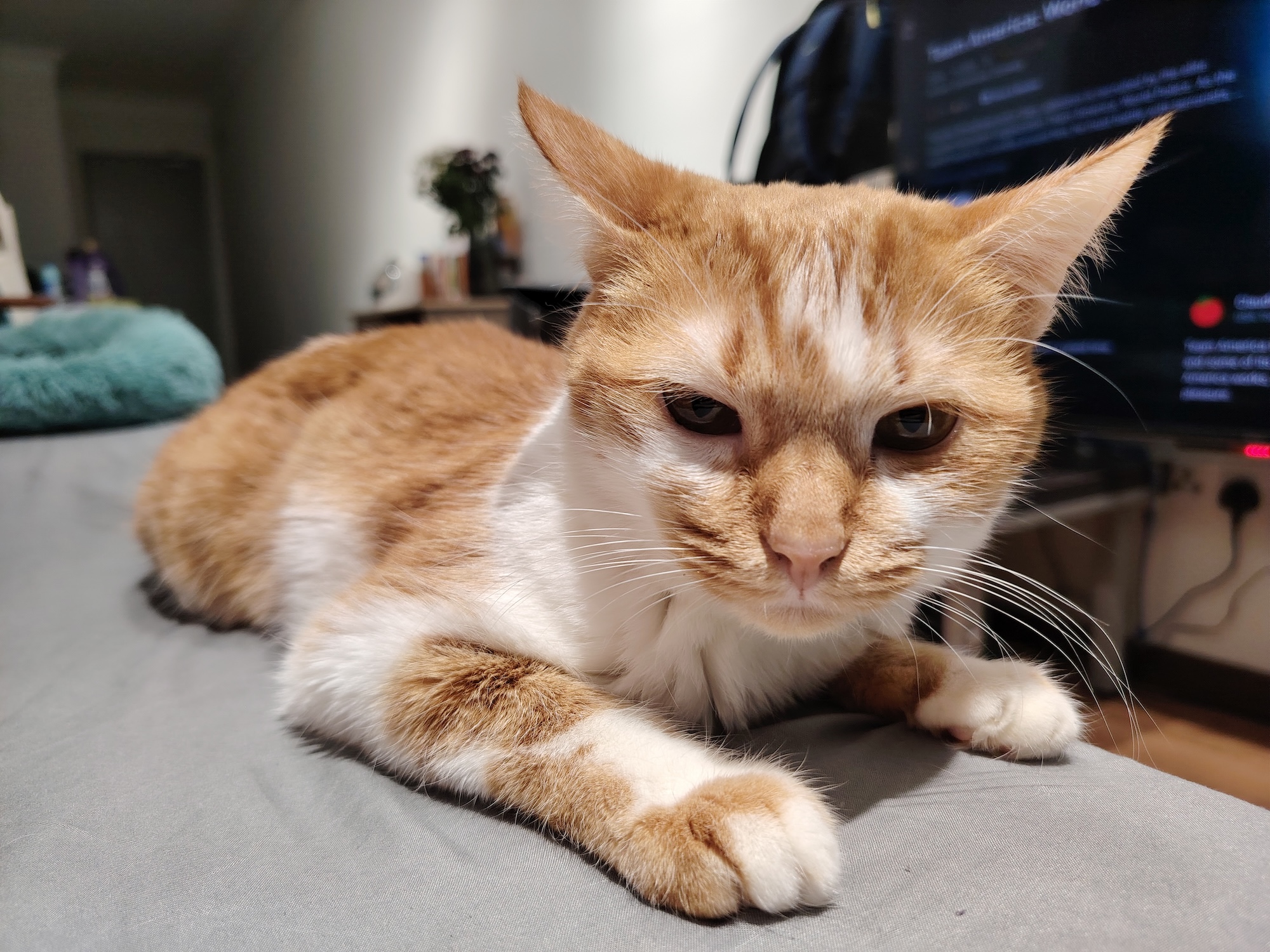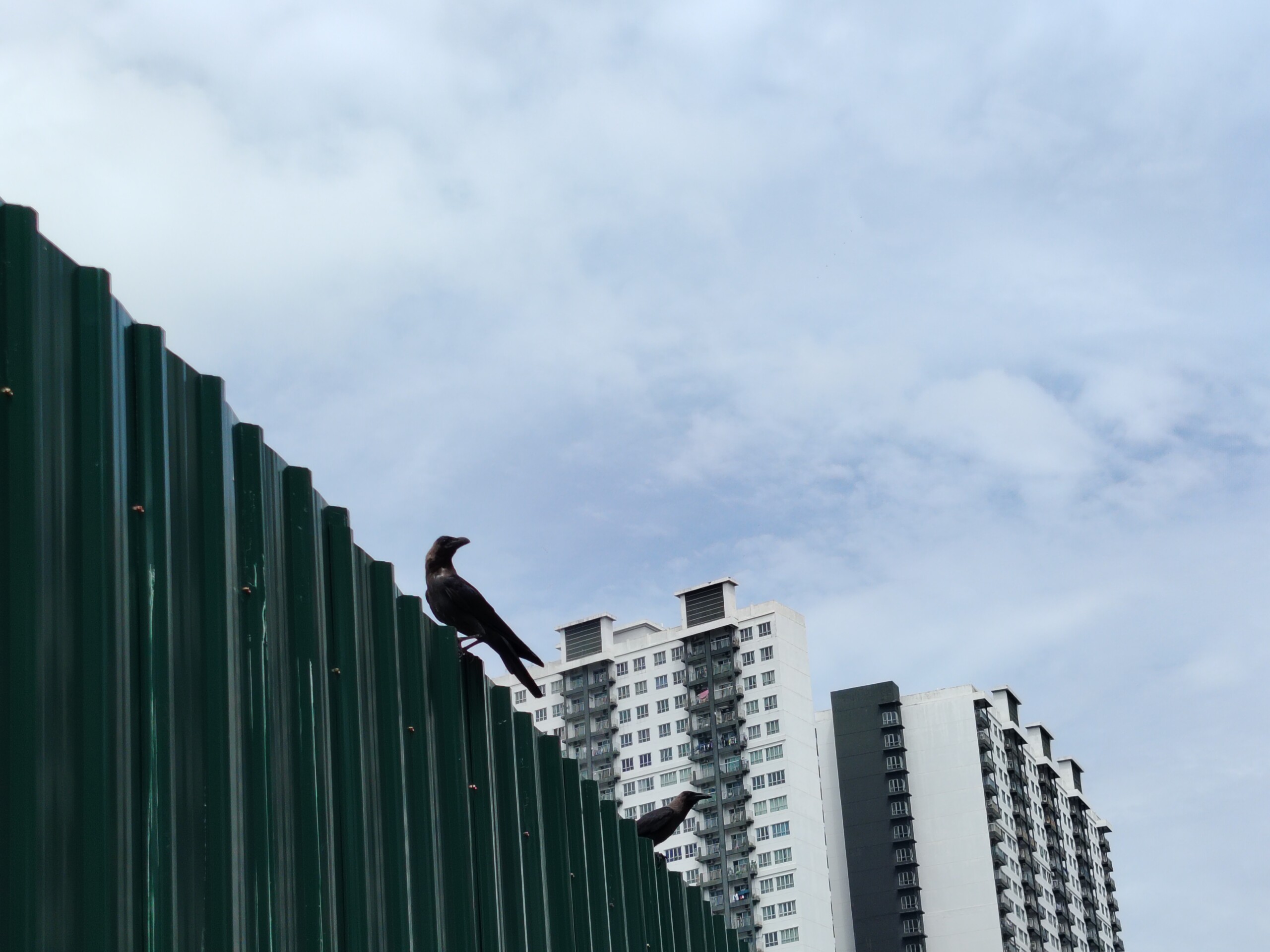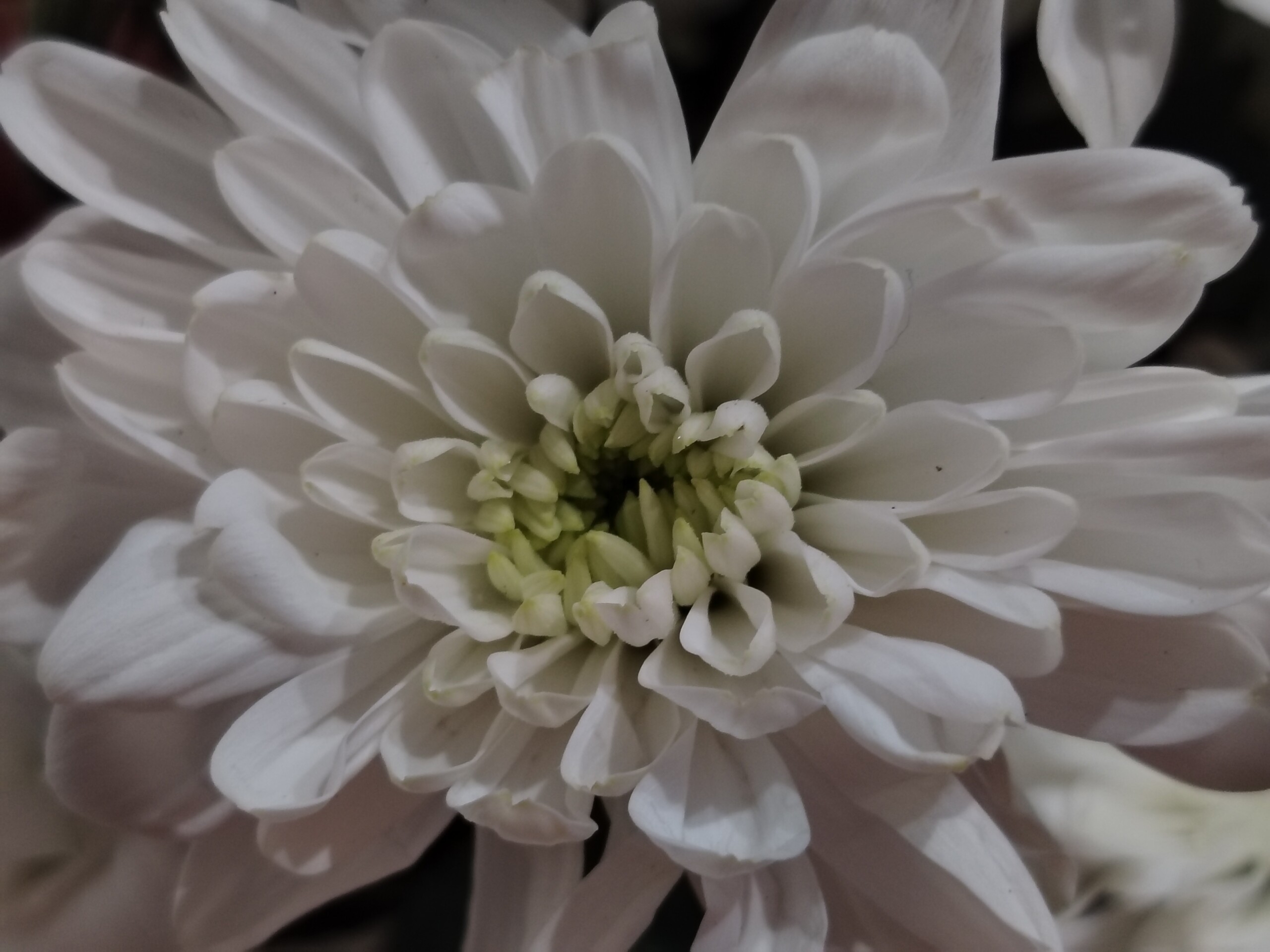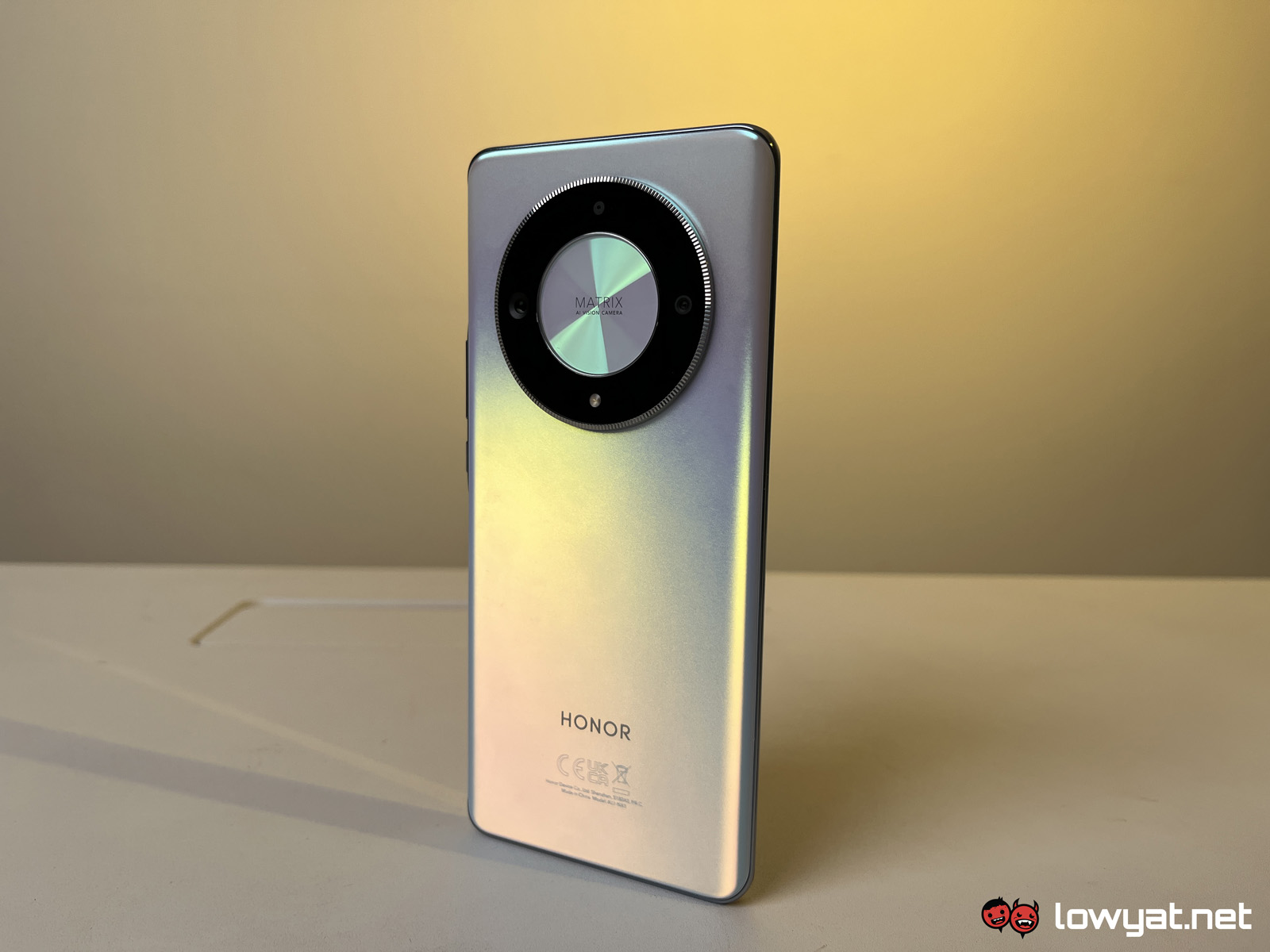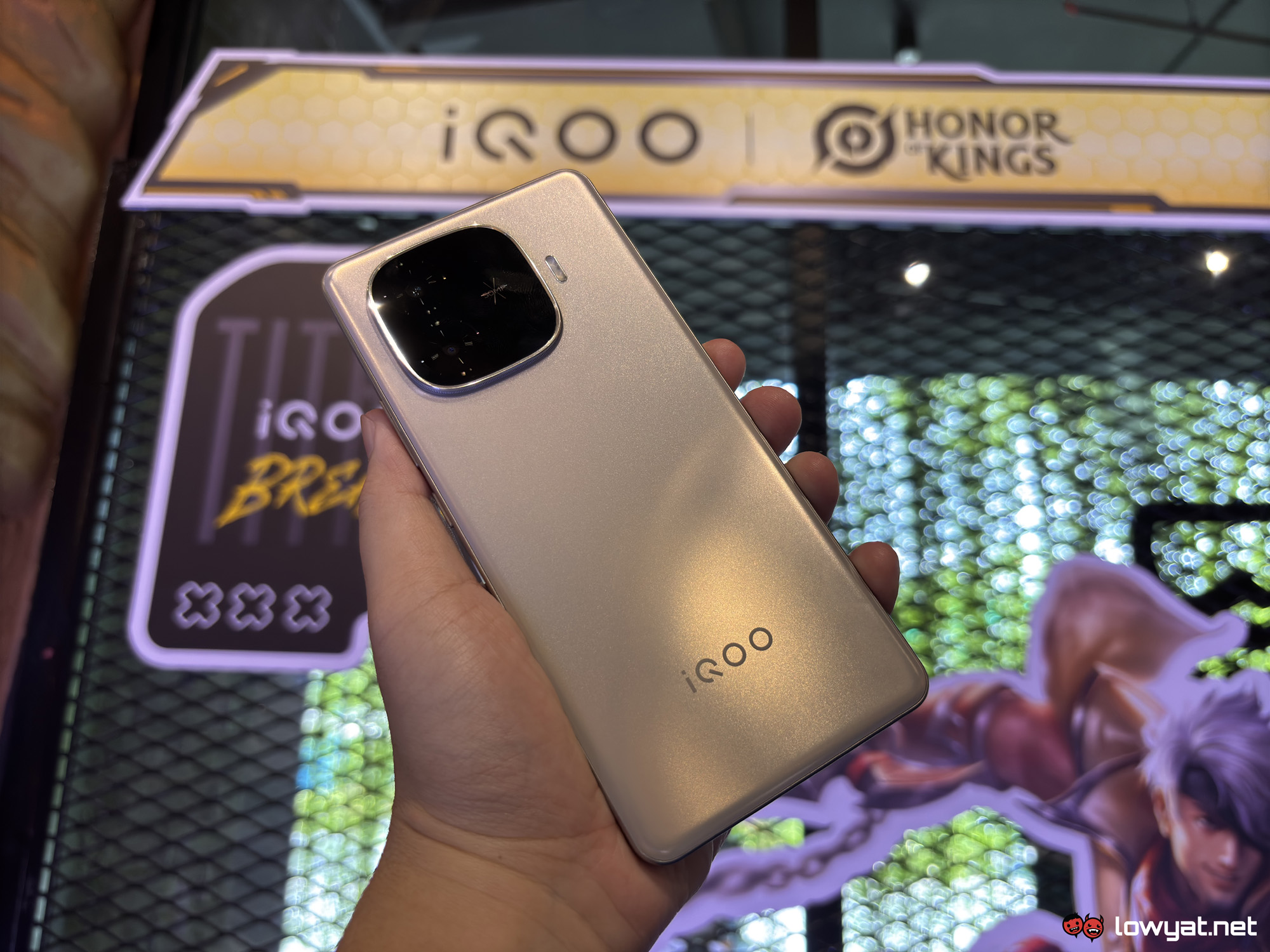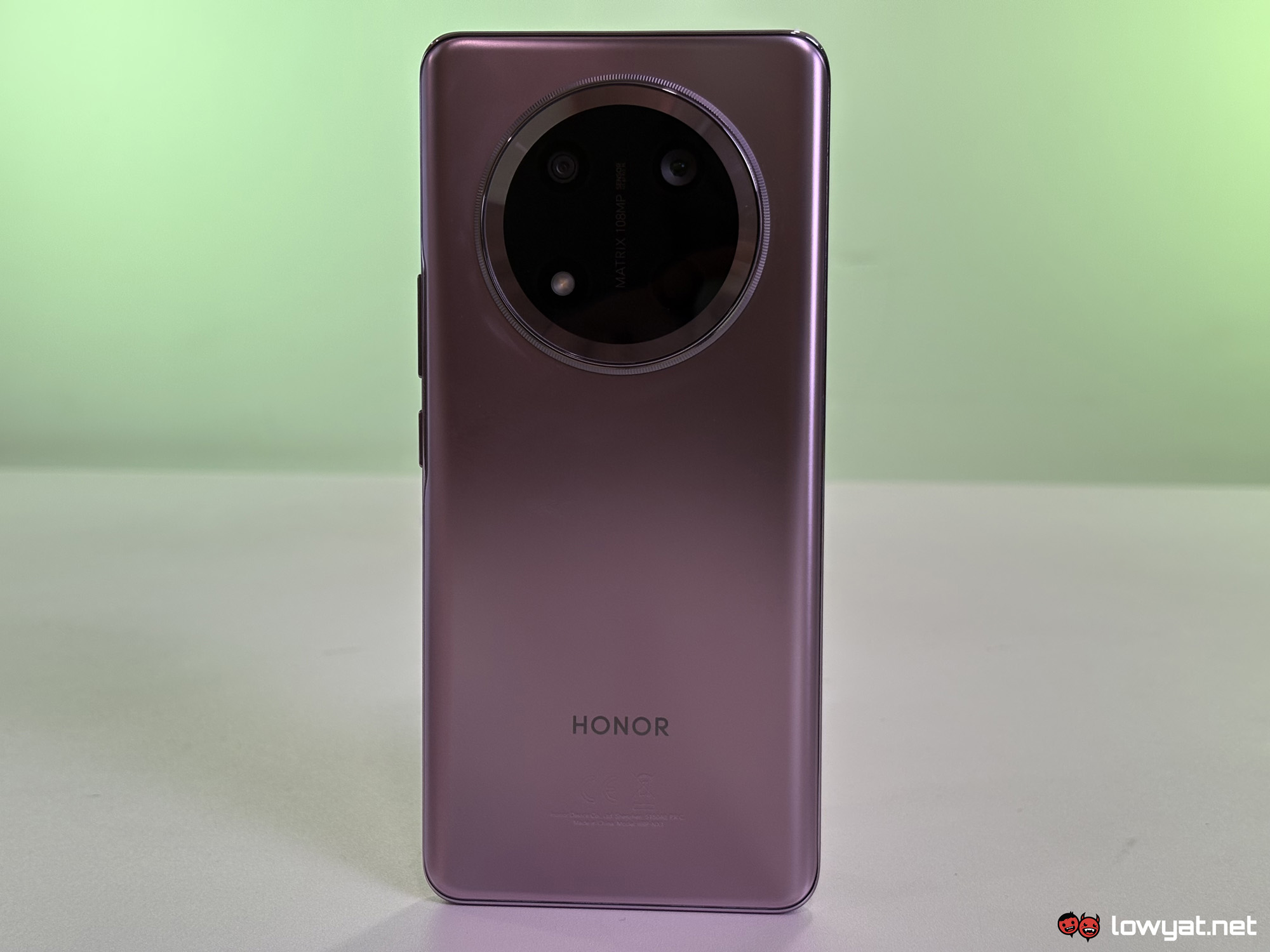HONOR’s X series has been known for being extra durable and this year’s iteration is no different with the X9c. Despite carrying very similar specs to the X9b, it does offer improved toughness including an upgraded dust and water resistance rating as well as an increased rating for its drop resistance.
Specifications
The HONOR X9c sports the same 6.78-inch 1.5K OLED display with a 120Hz refresh rate and a peak brightness of 4,000 nits for HDR content. Under the hood, its bits and pieces are similar to its predecessor with a Qualcomm Snapdragon 6 Gen 1 chipset paired with 12GB of RAM and up to 512GB of storage.
In the photography department, we see a familiar setup with a 108MP sensor and, a 5MP ultra-wide lens, and a 5MP selfie snapper, with the only differences being the addition of OIS to the main camera and the doing-away of the macro lens. On the software side, it ships with MagicOS 8 based on Android 14.
For connectivity, it supports 5G, Wi-Fi 5, Bluetooth 5.1, and NFC, while unlocking can be done with an under-display fingerprint scanner. Powering the entry-level phone is a larger 6,600mAh battery with support for faster 66W charging. Last but not least, its increased durability includes an IP65M rating, up from IP53.
Looks & Functionality
The HONOR X9c unfortunately retains the curved edges of its predecessor, which I’m not sure was chosen for aesthetic purposes or if it somehow helps with the durability. Nevertheless, screen is a good-quality AMOLED display with a high refresh rate, so there’s not much to complain about.
However, while it has an impressive claim of 4,000 nits for HDR content, the company has so far failed to disclose to the global brightness of the smartphone, which is what actually matters when it comes to outdoor visibility. Whatever the actual figure is, it’s certainly well below 2,000 nits as that’s the peak brightness of the iPhone 16.
When both phones are side-by-side under direct sunlight, the X9c pales in comparison in terms of brightness and visibility. This isn’t to say it’s a bad display given the context of its price point, but it should serve as a warning to consumers not to outright believe bold marketing claims for budget devices.
Design-wise, the backplate of the phone gets a nice minimal look, but its shiny finish means that fingerprint smudges do show up easily. The front cutout is now pill-shaped but instead of having a 3D face scanner like its flagship counterpart, it is fitted with a depth sensor next to the selfie camera. The pill cutout also brings the brand’s Magic Capsule feature to the phone, which works very well as a charging indicator and with media controls.
MagicOS has surprisingly become one of my favourite Android skins, mostly due to the Magic Capsule and Smart Folder features. The latter lets you expand on app icons on the homepage to include certain favourite features, and the integration looks sleek and is easy to use. My one complaint about this OS is that you can’t directly delete apps from the home screen, but that’s a relatively minor flaw.
As for the pièce de résistance, the X9c makes some incredible claims about how durable it is, including the fact that it’s apparently able to withstand drops from up to 2m, an increase from the X9b’s 1.6m drop resistance. The improved water resistance also means that it can be submerged in 25cm of water for up to five minutes, along with “wet hand touch control”, which the company says enables the touchscreen to be used even with wet hands.
Performance & Battery
The X9c gets the same processor as its predecessor, which is the two-year-old Snapdragon 6 Gen 1. Given that it’s a bit outdated and that it’s an entry-level chipset in the first place, you can’t really expect much from it.
For the most part, it does its job well enough when it comes to simple everyday tasks like browsing on the internet, streaming videos, or scrolling through social media. There is the occasional lag or stutter, but it doesn’t happen often enough that it would be a problem for someone looking for a budget phone — having realistic expectations is key here.
Powering the X9c is a huge 6,600mAh cell, so it’s no surprise that the battery life has got legs for days. Specifically, it can last two full days in most cases, just like the X9b, and for times when I barely use the phone outside of messaging, I can stretch it out to two and a half days.
What made me a little bit surprised is that while the battery life is amazing in general, it doesn’t really last that much longer than its predecessor in real-world use cases despite the 800mAh difference. That being said, it did last nearly 24 hours on our YouTube streaming durability test, beating out the X9b by almost three hours.
Camera
Simply put, the camera on the X9c is definitely a budget setup. While the addition of OIS is a nice bonus, it simply does not make up for the sensor’s poor overall quality. You can get some decent pictures with ideal outdoor lighting, but in any other situation, most pictures will end up noisy, dark, or, at best, overblown.
The macro mode is somewhat acceptable, allowing you to take close up pictures of small objects. This type of picture won’t be very sharp and will be a bit too dim, but it’s good enough to capture most important details.
Camera Samples
Competition
HONOR X9b
It might be weird that the biggest competition to this phone is its predecessor, but like I mentioned above, they are roughly the same phone with the only big differences being the battery capacity and the mildly upgraded durability.
The X9b is currently retailing at RM300 less than its successor, and given that both models have fantastic battery life, there’s not much to justify the price gap. Notably though, only the X9c comes with a battery assurance policy, which provides users with one free battery replacement if the battery capacity falls below 80% within the first three years after purchase.
iQOO Z9
The iQOO Z9 may not have the toughness aspects of the X9c, but at a similar price range, it beats out the HONOR smartphone at several points. It sports a 6.78-inch 1.5K AMOLED display with a 144Hz refresh rate, a peak brightness of 4,500 nits for HDR, and a global peak brightness of 1,200 nits.
Internally, it runs on a much more capable Snapdragon 7 Gen 3 chipset and is powered by a 6,000mAh battery that supports 80W charging. On the optics front, it’s packed with a 50MP main camera with OIS, a depth sensor, and a 16MP selfie snapper. Pricing-wise, it retails at RM1,399 for the 8GB+256GB variant and RM1,499 for the 12GB+256GB trim.
Conclusion
The HONOR X9c is objectively an overpriced smartphone when you look at its spec sheet. With such an underpowered chipset, it would usually be priced closer to the RM1K range. However, when the durability aspect comes into play, then the price tag does get easier to swallow.
This isn’t really a phone for someone who cares much about the camera quality or the performance. Instead, it’s for someone who wants a bare-minimum smartphone that can handle a lot of neglect and sheer clumsiness. With the one-year crack replacement and the three-year battery replacement guarantees, this phone will certainly last you a long time.
Follow us on Instagram, Facebook, Twitter or Telegram for more updates and breaking news.


